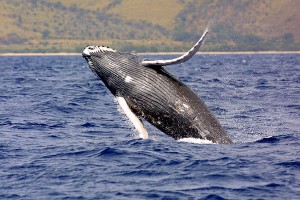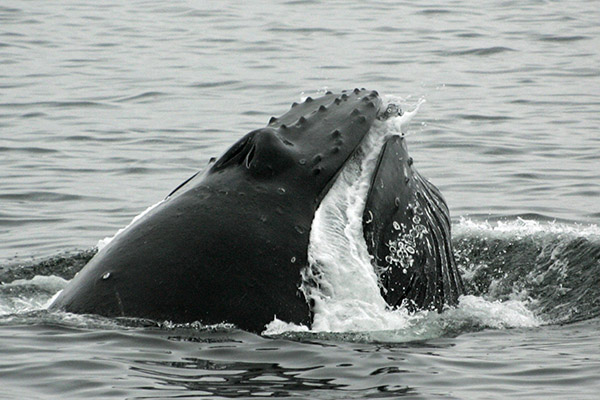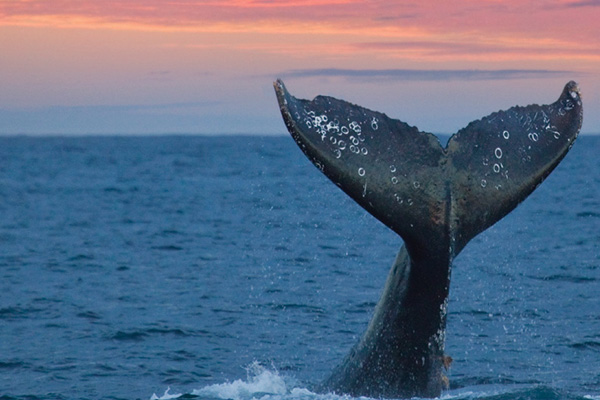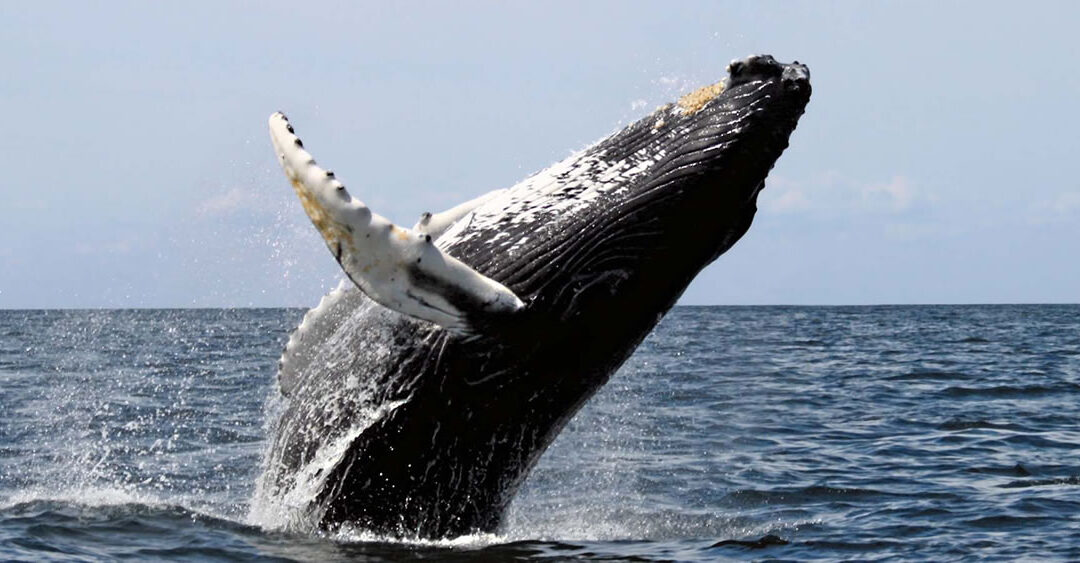Putting Whales First
For many of us, the gorgeous Maui landscape perfectly represent an idyllic island holiday. Between the sun, sea and sand, there’s plenty to do and see on the second largest island of Hawaii. We gravitate to the exhilarating water sports, relaxing sandy beaches, and the warm, inviting “Ohana” culture.[img type=”” responsive=”true”] [/img]
[/img]
Of all the attractions, Maui wildlife is a sight unto itself. Nestled between volcanoes, dense foliage and wide, open beaches, creatures of all shapes and sizes have made the island and the surrounding waters their home – and that’s before we even get onto the human population of 150,000!
It’s reasonable to say a lot of hearts occupy this small island in the Pacific Ocean and unfortunately relations are not always harmonious.
Calving Grounds
One species to feel the effect of sharing close quarters with another – sadly for the worse – is the mighty whale.
A large selection of whales can be spotted from Hawaiian shorelines throughout the year, but it’s the humpback whalesthat have become iconic. The humpbacks are synonymous with Maui because they use the great reefs that surround the island as calving grounds. During the last couple weeks in February and the whole month of March, it is nearly impossible to be out on a boat and not see their above-water displays.
[img type=”” responsive=”true”] [/img]
Humpback whales are safely said, the biggest animals to be seen in Hawaii – on land or underwater. Females are slightly larger than males and can reach over 60 feet in length. Weighing up to a ton a foot means that you could be looking at 120,000 pounds of whale! Their lifespan, while not known for certain, is impressive as well – possibly as long as 70 years.
[/img]
Humpback whales are safely said, the biggest animals to be seen in Hawaii – on land or underwater. Females are slightly larger than males and can reach over 60 feet in length. Weighing up to a ton a foot means that you could be looking at 120,000 pounds of whale! Their lifespan, while not known for certain, is impressive as well – possibly as long as 70 years.
The tropical waters that the whales are attracted to have long since been under threat from the huge Maui tourism trade surrounding whale spotting and boating. The tourists that descend on the island every year bring within them $20 million in revenue, but the traffic can have a catastrophic effect on the local shoreline and environment if precautions are not taken.
In the 20th Century, commercial whalers dangerously depleted the humpback population, leading to an endangered classification for the species. This, combined with the more recent threats to the Maui reef has resulted in necessary, urgent action to support the protection of the whales.
Conservation and Protection
Fortunately, with the hard work of environmental activists, educational programs, and regulations and laws, the area has seen an increase in the population with now roughly 10,000 humpback whales living off the Maui coastline. The Hawaiian Islands Humpback Whale National Marine Sanctuary helps to regulate local and tourist groups while inviting them to get involved with the [img type=”” responsive=”true”]
Such measures allow the Sail Maui Whale Watch tour to enjoy encounters with this majestic species, while putting it’s safety and well being first.

